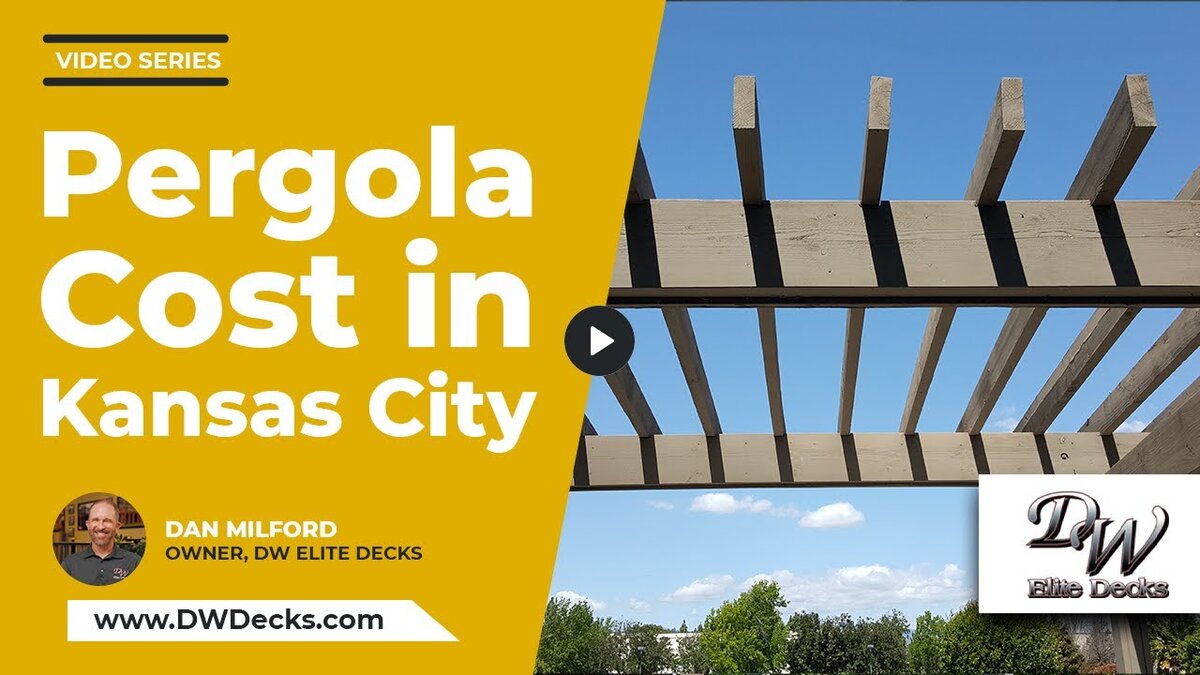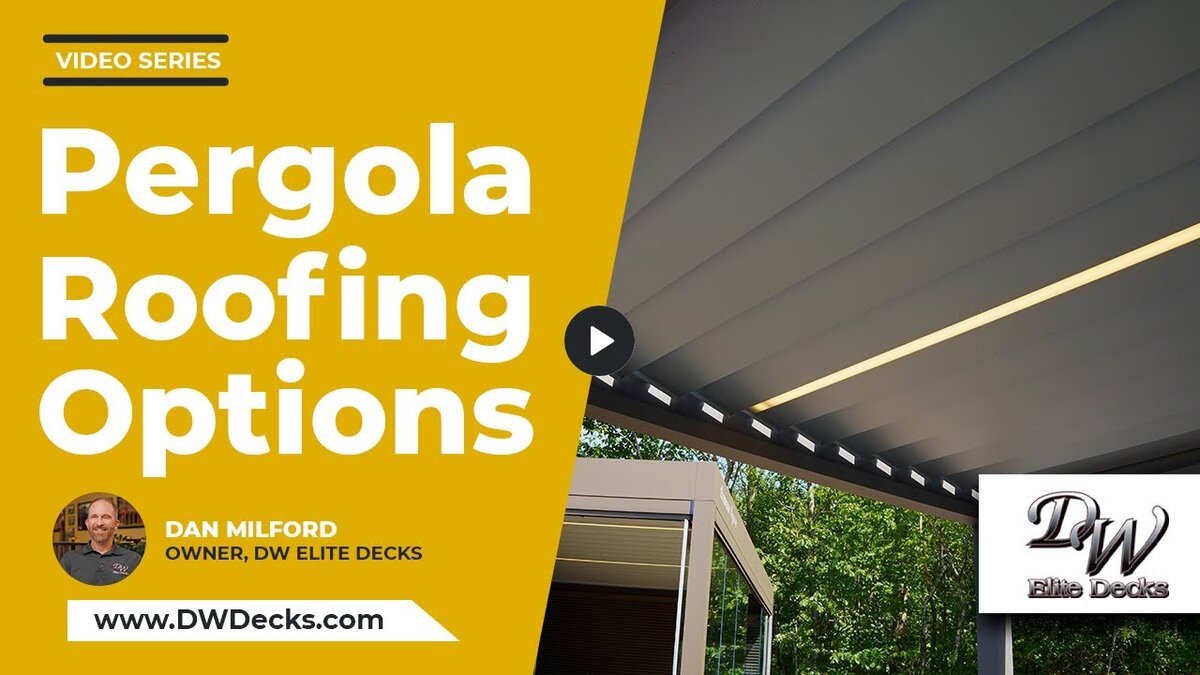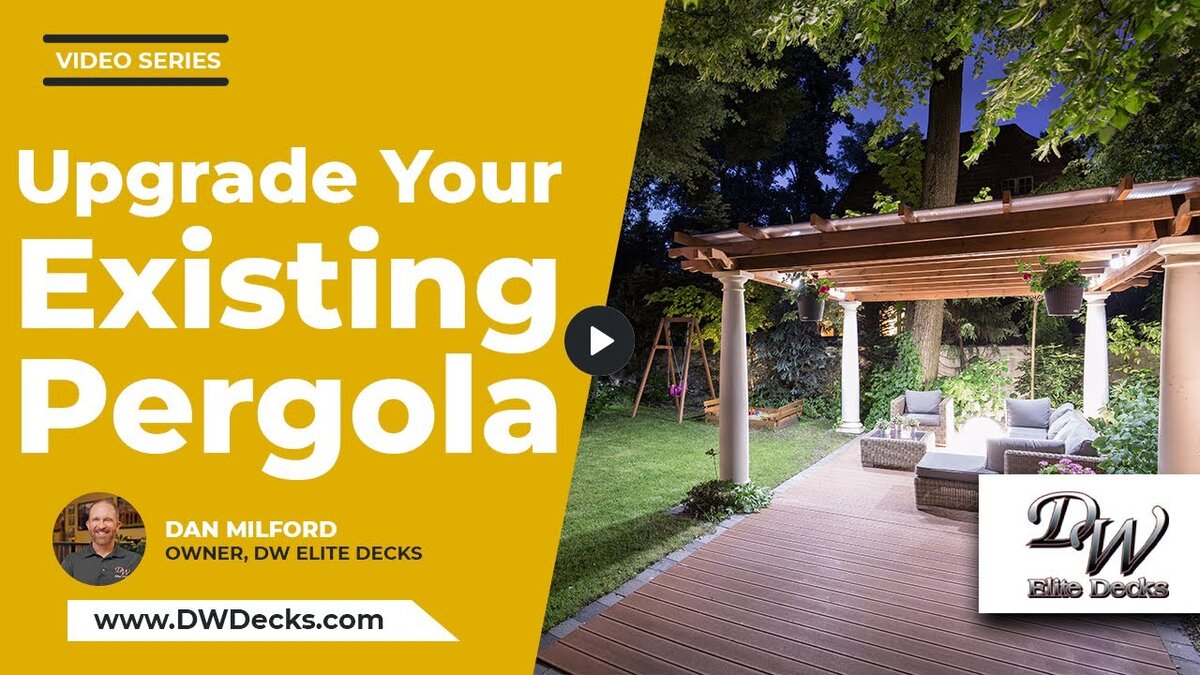Choosing the right composite decking is crucial for creating an outdoor space that is both functional and visually appealing. One of the key decisions you’ll face is selecting between grooved and ungrooved composite decking boards. Understanding the differences between these options will help you make an informed choice that suits your design preferences and installation needs.
Understanding Grooved and Ungrooved Composite Decking
Grooved Composite Decking features a notch or channel along the sides of each board. This design allows for the use of hidden fasteners, resulting in a clean, fastener-free surface.
Ungrooved Composite Decking, also known as square-edge or solid-edge boards, lacks these side grooves. These boards are typically installed using visible screws drilled directly into the top surface.
Installation Methods
Grooved Boards: Hidden Fasteners
Grooved boards are designed for hidden fastener systems, which offer several benefits:
- Aesthetics: Hidden fasteners provide a seamless look without visible screws, enhancing the deck’s visual appeal.
- Safety: With no exposed screws, there’s a reduced risk of injuries from snagged clothing or bare feet.
- Maintenance: The absence of surface screws minimizes potential points for water infiltration, which can prolong the deck’s lifespan.
Installation Steps for Grooved Boards:
- Frame Construction: Build your deck frame according to local building codes, ensuring proper joist spacing.
- Insert Clips: Place hidden fastener clips into the grooves on the side of each deck board.
- Secure Clips: Drive screws through the clips into the joists to lock the board in place.
- Position Next Board: Slide the next board into position over the clips and repeat the process.
This method ensures a smooth surface without visible fasteners.
Ungrooved Boards: Face-Screwing
Ungrooved boards require a different approach:
- Direct Fastening: Screws are drilled directly into the top of the boards, securing them to the deck frame.
- Visibility: The screw heads remain visible, which can be a design consideration.
Installation Steps for Ungrooved Boards:
- Frame Construction: Build your deck frame according to local building codes, ensuring proper joist spacing.
- Pre-Drill Holes: To prevent splitting, pre-drill holes into the boards where screws will be placed.
- Insert Screws: Drive screws through the pre-drilled holes into the joists below.
- Consistent Spacing: Ensure consistent spacing between boards for a uniform appearance.
While this method exposes screw heads, using color-matched screws or plugs can help them blend with the deck surface.
Lengths and Applications
Board Lengths:
- Grooved Boards: Typically available in 12, 16, and 20-foot lengths.
- Ungrooved Boards: Generally offered in 16 and 20-foot lengths.
Application Considerations:
- Grooved Boards: Ideal for main deck surfaces where a seamless look is desired.
- Ungrooved Boards: Suitable for areas where the board edges are visible, such as:
-
- Perimeter Picture Framing: Provides a clean border around the deck.
- Stair Treads: Ensures a solid and secure step surface.
- Drink Rails: Offers a smooth surface for railing tops.
Personal Preferences and Structural Integrity
Some builders prefer face-screwing, even with grooved boards, due to concerns about the strength of hidden fasteners:
- Structural Integrity: Face-screwing can provide a stronger attachment, unifying the decking and framing more effectively.
- Aesthetic Control: When done carefully, face-screwing with color-matched screws and proper technique can result in a clean and consistent look.
Factors to Consider When Choosing Between Grooved and Ungrooved Decking
When deciding between grooved and ungrooved composite decking, consider the following factors:
- Aesthetic Preferences: Do you prefer a seamless look without visible screws, or does the traditional appearance of face-screwed boards appeal to you?
- Installation Method: Are you comfortable using hidden fasteners, or do you prefer the straightforward approach of face-screwing?
- Deck Design: Does your design include features like picture framing or stairs that might benefit from ungrooved boards?
- Budget: Hidden fastener systems can be more expensive and may require more time to install.
- Maintenance: Consider the long-term maintenance implications of each fastening method.
In Summary
Both grooved and ungrooved composite decking have their unique advantages and are suitable for different applications. Grooved boards, used with hidden fasteners, offer a sleek and modern appearance, while ungrooved boards provide a traditional look with visible screws. Your choice will depend on your aesthetic preferences, installation comfort level, and specific design requirements.
At DW Decks, we specialize in both grooved and ungrooved composite decking installations. Our experienced team can guide you through the selection process, ensuring your deck meets your functional needs and aesthetic desires. Contact us today to discuss your project and discover how we can bring your outdoor vision to life.








